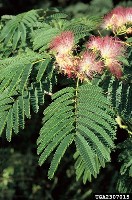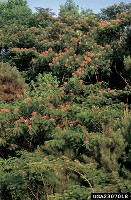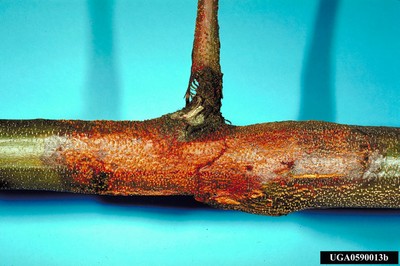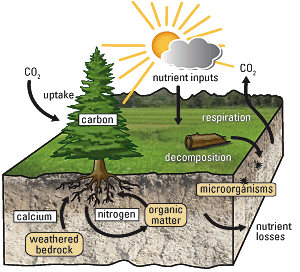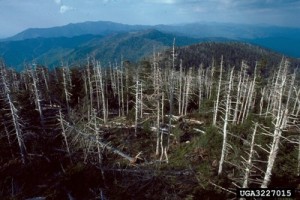Written by D.J. Moorhead and G.K. Douce for Forest Encyclopedia Network
Oriental bittersweet is a deciduous, climbing, woody vine that can grow to lengths of 60 ft (Miller 2003). The alternate, elliptical leaves are light green in color (Fig. 1). Small, inconspicuous, auxiliary …



